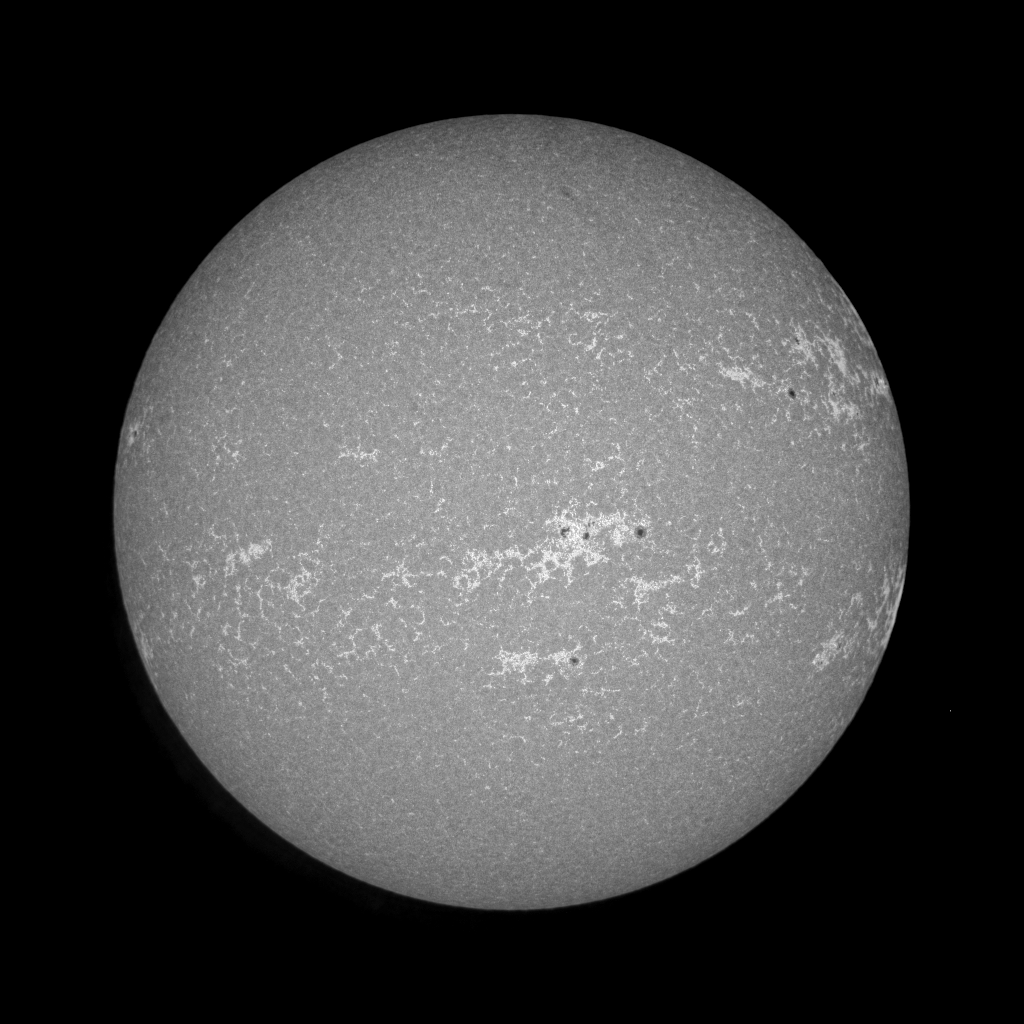 Not the best photo I've ever taken but it was just a quick attempt at finding the Supernova in the Pinwheel Galaxy (M101) before it fades. Shining at around Mag 10, it stands out easily against the dim spiral arms and is even brighter than the central region of the galaxy.
Not the best photo I've ever taken but it was just a quick attempt at finding the Supernova in the Pinwheel Galaxy (M101) before it fades. Shining at around Mag 10, it stands out easily against the dim spiral arms and is even brighter than the central region of the galaxy.This is a Type Ia Supernova, which is an explosion of a white-dwarf star in a binary system. The Pinwheel Galaxy lies at a distance of about 23 million light years.
The image is a stack of only 3 frames (with the usual equipment) as the clouds rolled in on-cue and covered it up! Being low in the North West is also bad for me since this is the direction of Pontefract and all the sky glow that goes with it. I will return to photograph M101, minus supernova (unless there's another one!), in the Spring when it will be in a much darker area of the sky.











